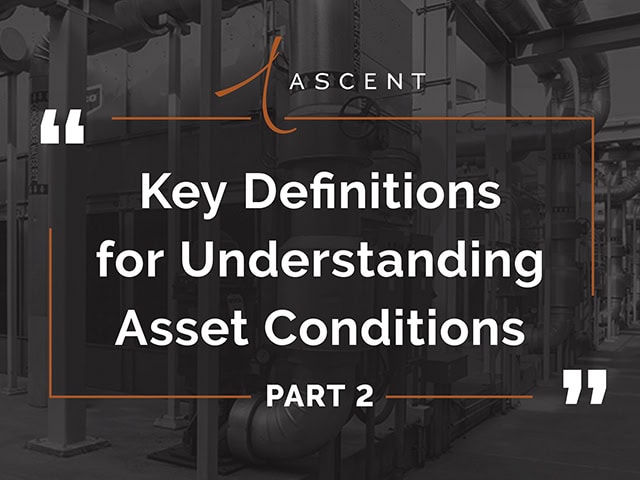Particularly in the mission-critical industry, predictive spending is preferable to a break/fix approach; furthermore, managing to known risks is the key to uptime and reliability. Here we conclude a two-part series on the importance of understanding – and truly evaluating –each mission-critical asset in your portfolio. In the first blog, we focused on six ways we look at our customer’s assets to arrive at a fair, consistent, and reasonable evaluation of each asset. In this blog, we shift our focus to the second step of evaluating an asset’s condition, which is its preventative maintenance history.
Maintenance History
In our previous blog, we addressed the details of evaluating the asset’s environment, profile, utilization, degradation, operating characteristics, and chances of failure within all of the critical systems of the facility. The next step in the evaluation process is to look at the maintenance history of each asset.
We subdivide maintenance history into three distinct categories:
- Preventative maintenance: Has the asset received routine maintenance in accordance with manufacturer’s recommendations?
- Deferred maintenance: Has the asset’s maintenance been insufficient when compared with the manufacturer’s recommendations and/or industry standards? Have all recommended maintenance activities taken place, or are some still in need of attention?
- Break/Fix: If a break/fix approach has been the norm, have there been a normal number of breakdowns or repetitive failures, or an exorbitant number? Have all been attended to?
Regardless of your maintenance plan going forward, it is critical to know the maintenance history of every asset so that a proper trajectory of likely maintenance needs can be considered for the future. Additionally, some equipment may have a stellar preventative maintenance history but has a negative deferred maintenance and break/fix history. Understanding the pluses and minuses within each maintenance category will yield a more accurate understanding of the condition of the asset.
Making Management Manageable
An ounce of prevention will always pay dividends when it comes to maintaining data-center assets and planning for their maintenance needs. The more you know about any given piece of equipment, the more you can do to avoid surprises and keep your mission-critical train on the tracks, running, and on time.
Conclusion
To learn more about comprehensive capital planning and improving operational reliability in data centers, contact our team at 1.877.427.2368, or email us at answers@ascentcorp.com.
